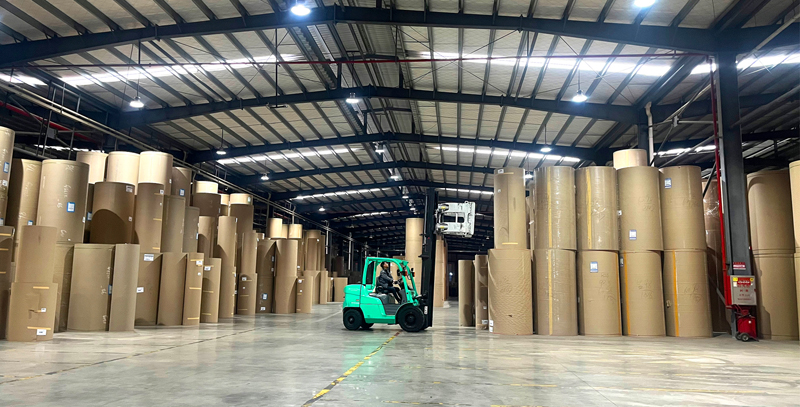I. Resource Conservation and Circular Value
Renewable materials as alternatives
Paper packaging is mainly made of wood fiber, which is derived from sustainably managed forests and has a high degree of renewability. Compared with plastic which relies on fossil fuels, the carbon footprint of paper packaging throughout its entire life cycle is significantly reduced.
?
Efficient recycling system
The recycling rate of paper packaging can reach over 70%, and the recycled paper pulp can be repeatedly reused in the production of new packaging, forming a closed loop of "raw materials - products - waste - raw materials", reducing the consumption of original resources. For instance, recycled cardboard uses 70-90% less wood than virgin cardboard.
?
II. Improve environmental friendliness
Degradability and pollution control
Paper packaging is biodegradable in the natural environment, avoiding persistent pollution such as plastic.Especially after printing with water-based ink, the toxic effect on soil and water is very low.
?
Waste reduction
Through lightweight design (such as thin paper wall reduction) and structural optimization (such as folding instead of bonding), the amount of packaging material used in a single piece is reduced by 15-30%, which directly reduces landfill pressure.
?
?
III. Economic Benefits and Brand Gain?
Cost optimization potential
The price of recycled pulp is lower than that of native wood pulp, and with the maturity of recycling technology, large-scale use can reduce the cost of raw materials for enterprises.For example, the circular packaging model increases the reuse rate of logistics packaging by 40%.
?
Consumer preference transformation
More than 66% of consumers believe that paper packaging improves the attractiveness of products, and its natural texture and environmental protection label help brands to establish a green image and drive premium consumption.
?
IV. Technological Innovation and Functional Expansion
Breakthrough in protective performance
Through composite bio-based coatings (such as PLA), paper packaging can achieve moisture-proof and oxygen-resistant functions, and has been applied to highly sensitive products such as milk powder and cosmetics to replace traditional plastic packaging.
?
Intelligent integration
Paper carriers can integrate RFID tags or variable printing codes to realize supply chain traceability and consumer interaction, and extend the value of packaging services.
?
V. Industrial Chain Synergy Effect
Promote legislation on a circular economy
The policies of the European Union and China mandate the recycling rate of packaging, and paper packaging enterprises give priority to green subsidies, forcing the technological upgrading of the whole industry.
?
Reduce supply chain risks
Reduce dependence on crude oil price fluctuations and enhance the stability of raw material supply through localized recycling networks.



